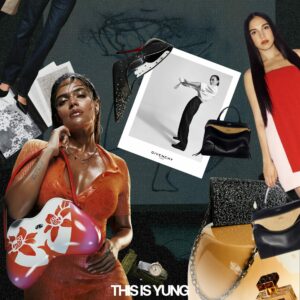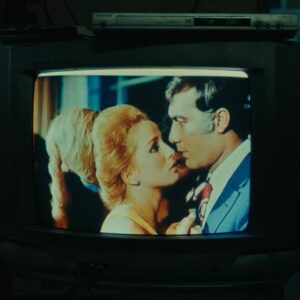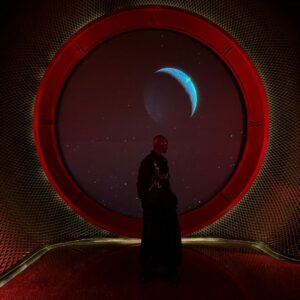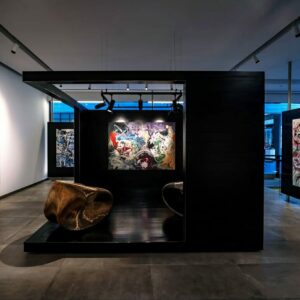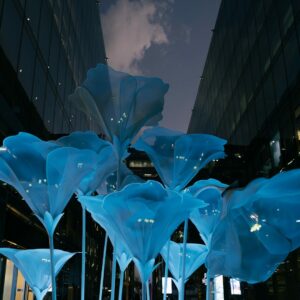Rawand Issa (Instagram) is a comic artist and writer from Lebanon whose work focuses on socio-economic issues and documenting real stories. She is the author of the graphic memoir “Inside the Giant Fish”, the story of a girl looking for her lost memories on a beach that no longer exists. She has created several short comic books and zines including “The Insubordinate” and “Not From Mars” in addition to contributing political cartoons and comics to various publications.
What ignited your interest in storytelling as a child?
I think for children it’s common to love storytelling and creativity in general. I believe each child, whether they become an artist as an adult or not, is “naturally” into such practices.

What made you use comics to tackle socio-economic issues and real stories?
I started as a writer before starting to create comics. Starting in media as a journalist, and now writing comics, is still in the same direction of documenting and telling stories that are kept in the shade, or kept as oral history. The combination of text and image in comics made storytelling much more fun for me, [it] also allowed me to add more to the visual imagination when telling a story.
When was it that you discovered the impact of your work on Lebanese society?
I’m not sure I can say that my work has impact on Lebanese society, this is a big responsibility which I would be very proud to achieve. But I don’t think I am there yet. I think that I am still taking baby steps into the creative fields, although I have been doing this for the past 10 years.
Your stories have a way of making readers feel understood and less alone. What do you think of this?
This is a powerful connection indeed and I am happy that you described my work as such. I think it’s simple for me, when you approach the story from a personal perspective, it’s easier for people to connect. For instance, in my book Inside the Giant Fish, rather than researching the effect of privatising beaches on locals living by the sea, I decided to tell the story of a girl who lost her sea, and all her memories and future with the sea.
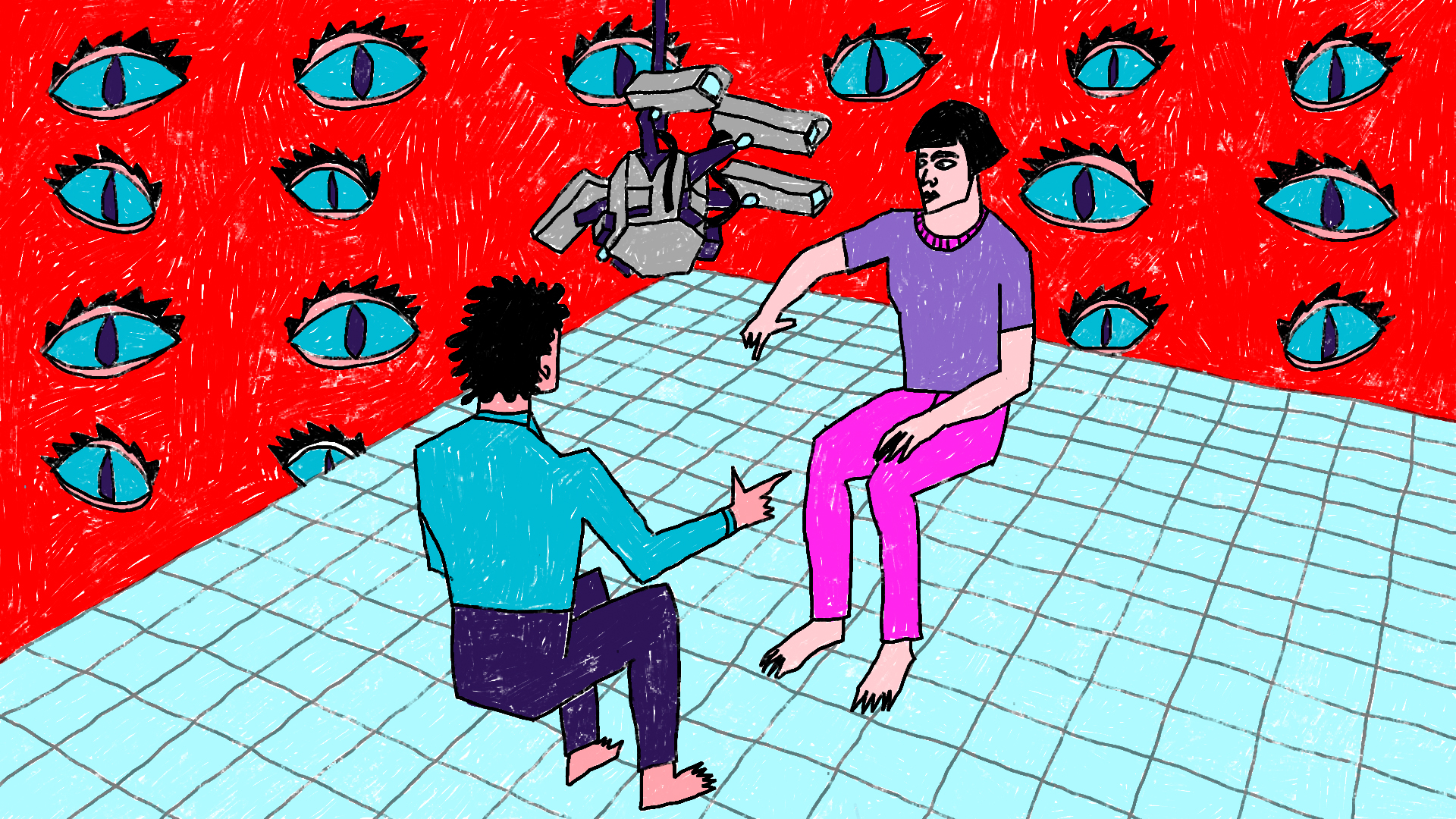
“Inside the Giant Fish” is a captivating narrative. Can you share a personal anecdote or experience that might have indirectly influenced a part of the story or the themes you explore in the graphic novel?
The story might not specifically be mine, but it’s personal. I think what influenced the whole story, or even pushed me to create this book, is the need for grief, and the anger I had in me for dealing with loss.
What is your favourite comic book and why?
This is a hard question, I don’t have one favourite comic book, I always get inspired by different artists and books, but I can say that non-fiction and memoir-like comics are my favourite genres.
Do your personal fashion preferences influence the visual identity of the characters you create in your comics and cartoons?
Of course! And this is such a fun thing to do. For example, the colour palette I used for Inside the Giant Fish were the colours of my favourite swimming suit I had when I was a child. Sometimes I even dress the characters in a certain style I like, or that I’m inspired by.
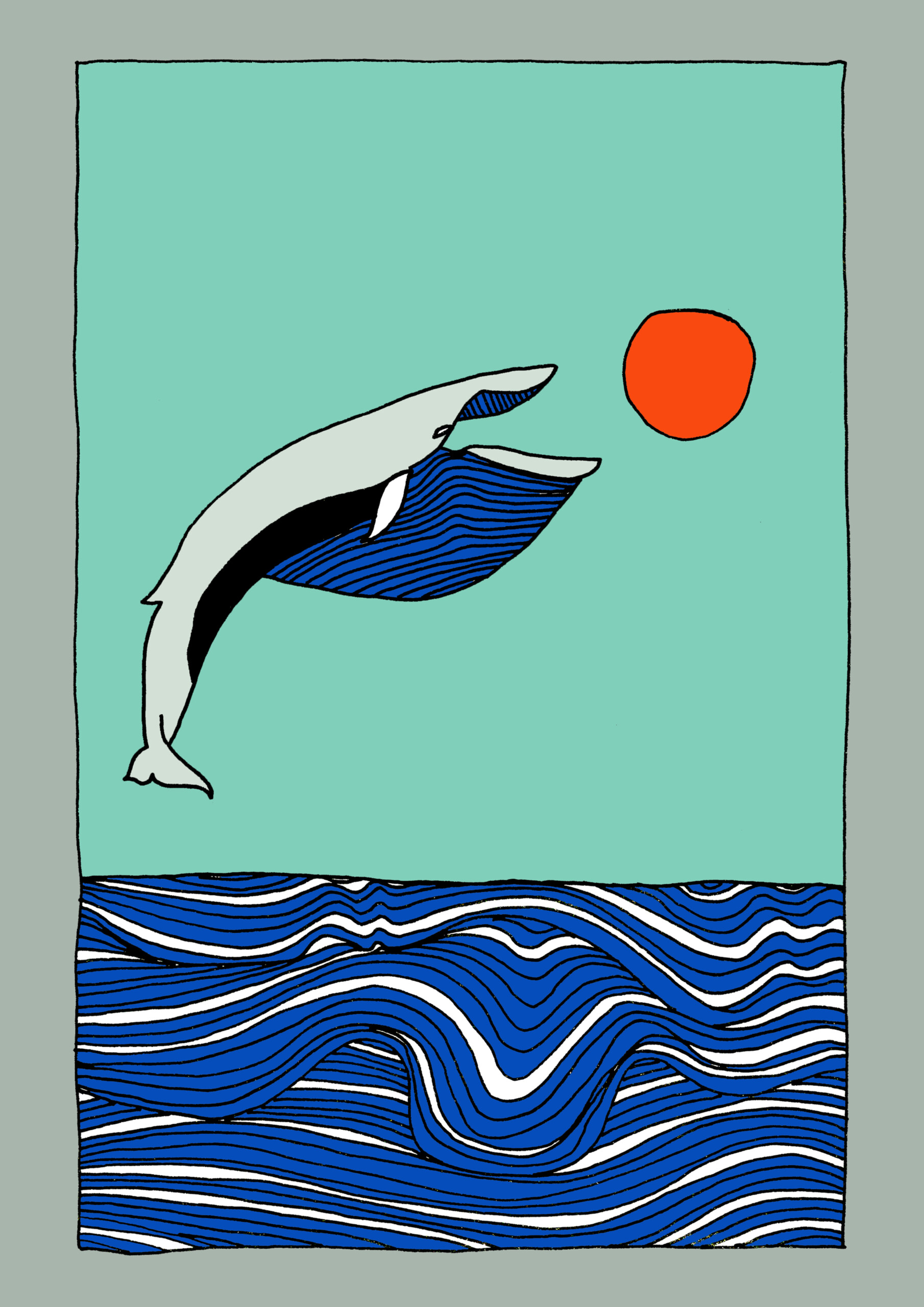
For more arts and culture pieces, like this interview with Rawand Issa, explore our dedicated portal.




